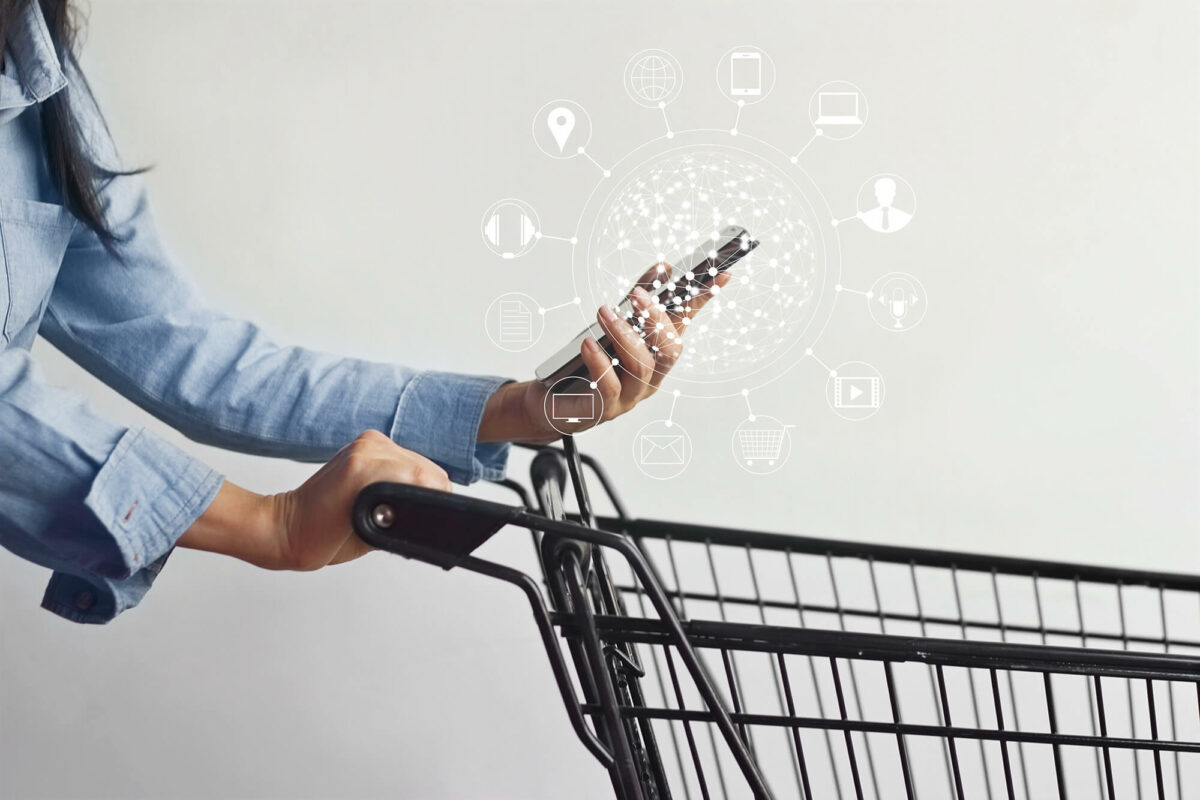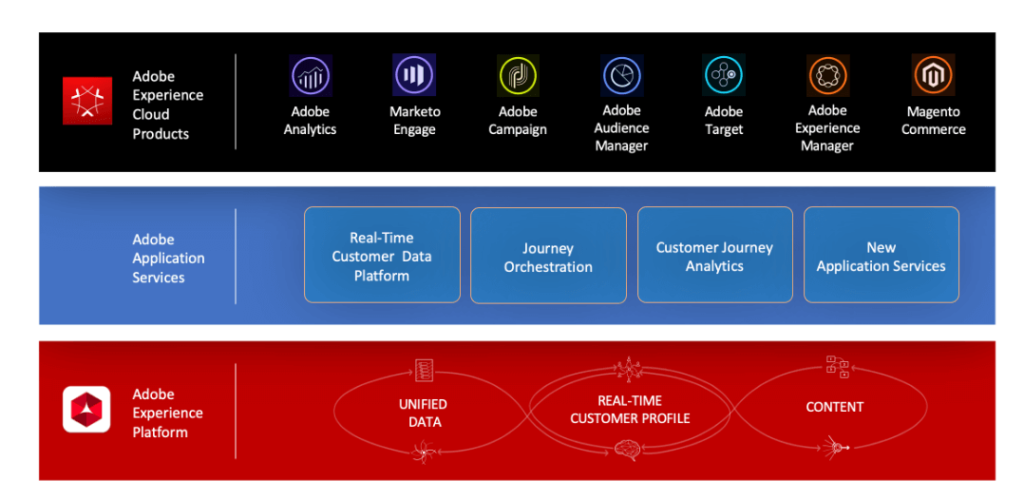What is Customer Journey Orchestration?
Customer Journey Orchestration is the process of understanding where your customer is in their journey, recognizing their needs, and then acting on those needs using their preferred channel of communication in real-time. Generating deeper personalization for customer interactions, Customer Journey Orchestration is quickly being adopted as a new normal in the customer experience marketing (CX) space.
Previously, marketers were focusing their campaigns on specific single channels and/or touch points, and these campaigns were often siloed into different parts of the business (i.e. Marketing vs. Sales vs. Service), which may have their own customer experience. However, this segmenting mentality is quickly becoming a thing of the past.
In order to reveal individual customer intent, uncover journeys, and utilize real-time decisioning to orchestrate the next best conversation with a customer, you will need the right tool or platform.
Why is Customer Journey Orchestration Important?
Businesses and customers have the same goal. They both want the customer’s journey with their brand to be effortless, predictive, intuitive, seamless, and valuable. Often, the customer’s online and offline experience will differ when it comes to personalization or the method with which they are communicated. This disjointed experience can lead to frustration or lack of interest in the brand.
Customer Journey Orchestration should ultimately allow you to:
- Anticipate your customers’ needs through real-time insight
- Personalize engagement at scale across channels
- Compose the customer experience from start to finish
- Report on the performance of journeys and how customers are progressing through them
It can not only aide in your B2C go-to-market strategy, but also empower your employees with more data throughout the entire lifecycle of your customer.
Enterprise businesses who do not have this holistic view of their customer find it difficult to personalize their customer’s experience. This is where products like Adobe Experience Platform (AEP) can come into play by compiling all relevant data sources into one place and providing your business with that foundation it needs for proper Customer Journey Orchestration.
How Does Adobe Experience Platform (AEP) Aide in Customer Journey Orchestration?
By using Adobe Experience Platform (AEP) in conjunction with other application services and Adobe Experience Cloud products, businesses have the ability to build out a unified or 360-degree view of their customer. They can then use those data points to personalize the entire customer experience, both online and offline and though every channel.
Adobe Experience Platform is the foundation of your solution. Its purpose is to consolidate data from a variety of sources – whether it is real-time via API or batched – and then standardize it in a simple way. Once ingested, the system takes that data and creates a real-time customer profile by stitching together data sources based on identity connectors.
Journey Orchestration is an application service integrated with the Adobe Experience Platform. It provides real-time orchestration powered by the data from the Adobe Experience Platform or data from a third-party API service. Its multi-step solution enables the creation of advanced scenarios that take into consideration wait times and split conditions that can ultimately push people down two different paths.
By using Adobe Experience Cloud products such as Adobe Campaign, businesses can set up their journeys to communicate with their customers through a variety of channels such as email, push notifications, and SMS.
Adobe Experience Platform’s goal is to provide more personalized, real-time, and relevant customer experiences with one set of data.
How Can Adobe Experience Platform (AEP) Help Grow My business?
Building brand loyalty is key in creating those memorable experiences across a customer’s lifecycle. More and more customers are expecting that brand message to be relevant to their buying journey, regardless of how or where they are interacting with the brand.
Adobe Experience Platform helps ensure that your content & messaging is consistent across all marketing touchpoints, including offline. While it is easier to achieve this across the digital space, often times the brands with brick and mortar stores find this as a challenge. With the increasing use of digital signage, brands can leverage AEP to bridge the gap between the online and offline customer experience.
Knowledge = Power. One key benefit of using AEP is having one centralized place to house all collected data on your customer. Customers are expecting you to know who they are and where they are in their journey. Regardless of whether you are a fortune 500 company or a local brand, customers expect empathy out of their experience.
It is very common practice for acquisition-type campaigns to be followed up with recommendations on other products and services that your customer may also be interested in. What if during this journey, the customer ended up being dissatisfied with their original purchase? What if they have already reached out to customer service and left a bad review? If you knew all this information up front, would you still try to recommend other products and services to them?
AEP offers the opportunity to make these decisions for smarter communication with your customer throughout their journey.
How Can This Be Applied?
Brand XYZ has a known issue with long wait times for customers in their drive-thru. Many customers complain that they do not have time to go inside to get their food and expect the drive-thru to be just as prompt. Brand XYZ is working through operations issues for the drive-thru and is beginning to see wait times decrease, but there are still a few stores with outlier wait times.
Brand XYZ wants to enable a post-purchase customer journey and already has Adobe Campaign, Adobe Analytics, Adobe Customer Journey Orchestration, and Adobe Experience Platform.
They want decision points in the journey when a customer has a long wait time in their order, as well as when they contact customer service to complain about long wait times or their order being incorrect.
By integrating all data in Adobe Experience Platform and using Customer Journey Orchestration, the client was able to determine when a customer’s wait time exceeded seven minutes and then send them a real-time message, preemptively, to let the customer know that they recognize that they failed on their promise to the customer and then present them an offer to let them try again. It would have been a real miss to send the customer a message thanking them for coming and not acknowledging the bad experience the customer just had. AEP allowed them to gather that data in real-time and base their decision accordingly to create an overall better customer experience.
About The Authors:
Megan Morace and Jennifer Smietana partner with our client’s IT and Marketing teams to understand their marketing roadmap and current technology stack. Both being Business Practitioner Adobe Certified experts in Adobe Campaign, they work with brands to assess, integrate, and manage technology platforms that will ultimately support marketing initiatives.


